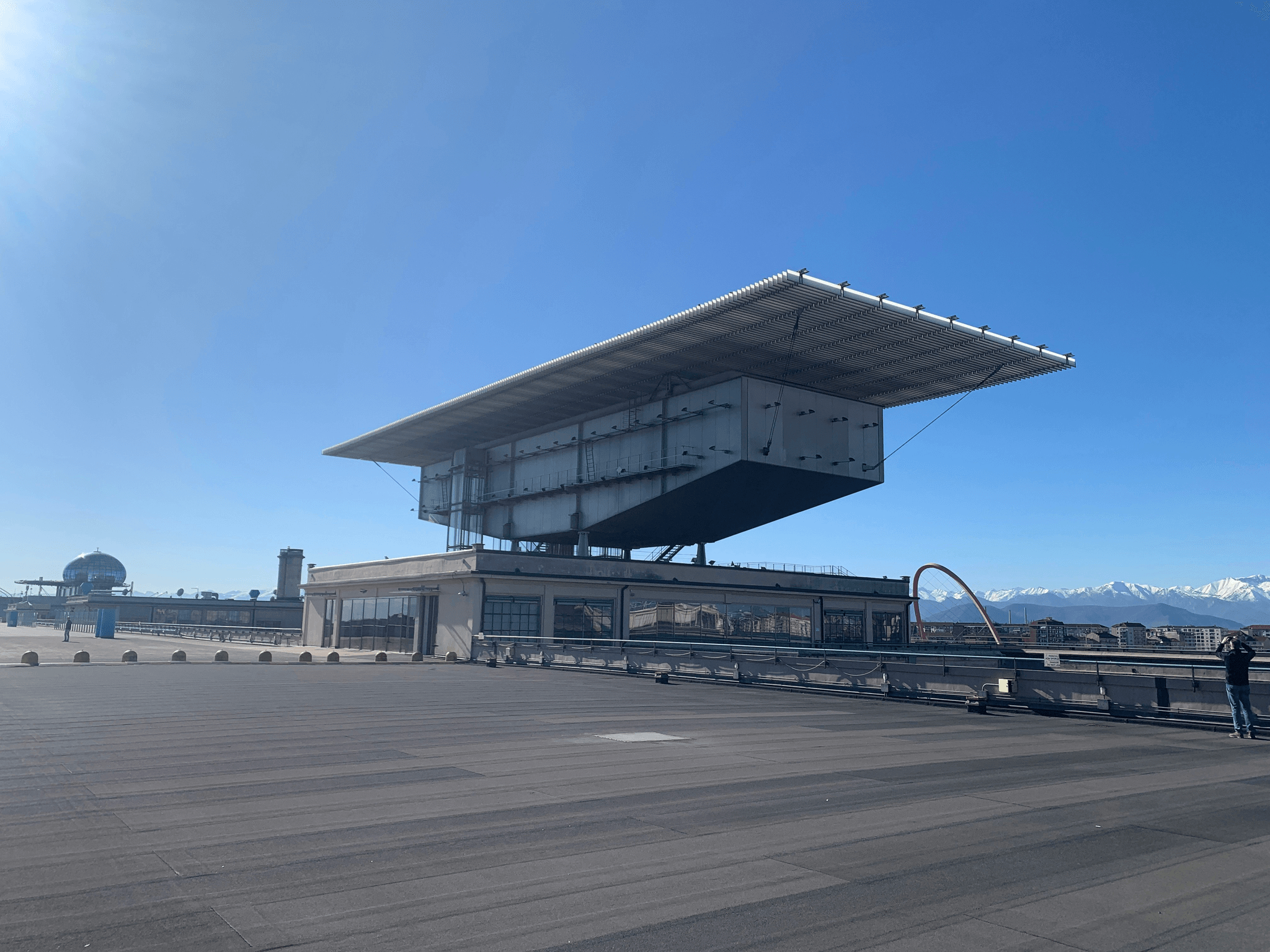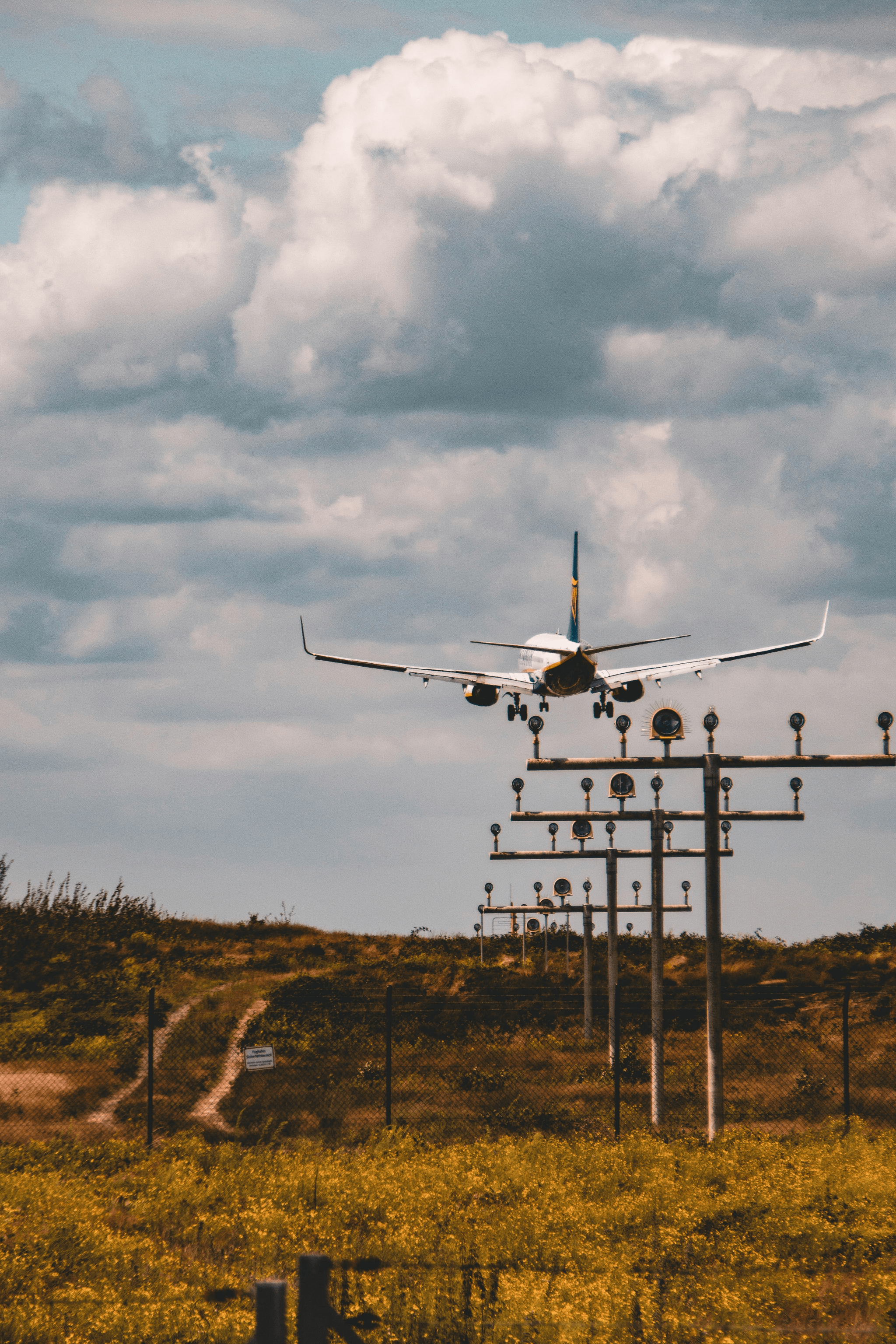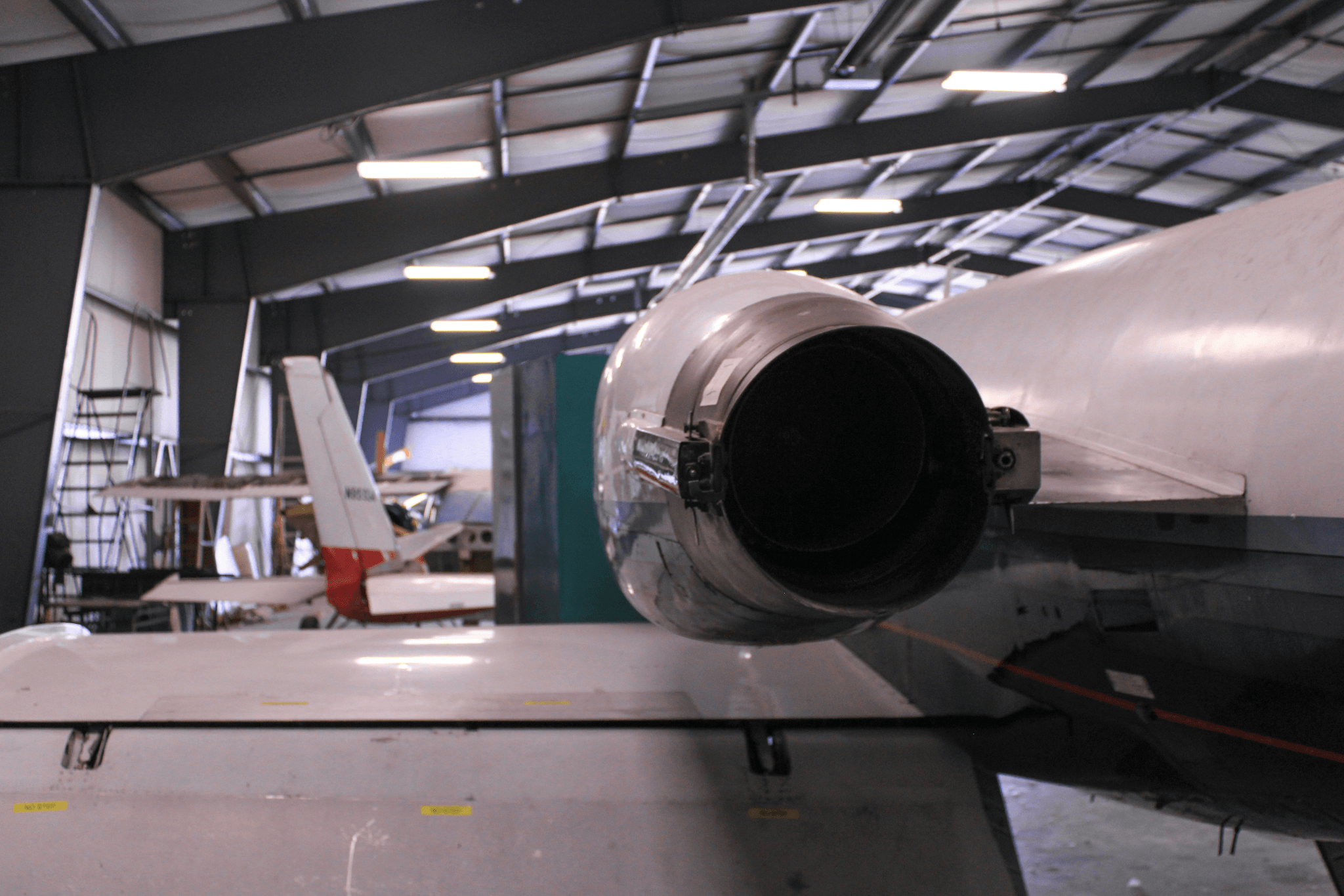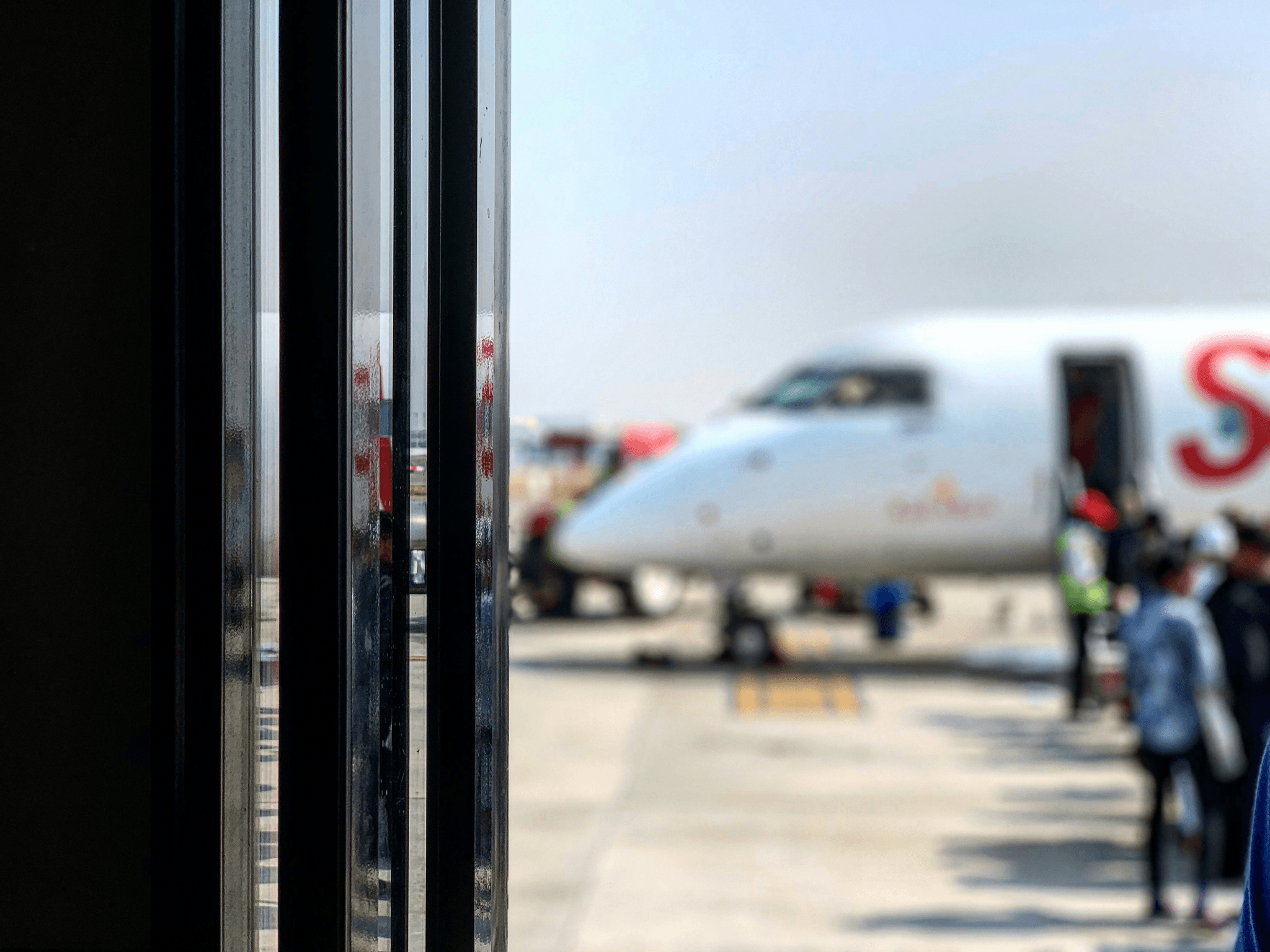Introduction

In the fast-paced world of aviation, the role of GPU aviation cannot be overstated. GPUs, or Ground Power Units, serve as essential tools that provide electrical power to aircraft while they are on the ground. This is crucial for various operations including pre-flight checks and passenger boarding, ensuring that modern aircraft can function efficiently and effectively.
GPU Aviation in Modern Aircraft
GPU aviation has transformed how airlines manage their ground operations. With the increasing demand for fuel efficiency and reduced emissions, understanding what a GPU in aviation entails has become vital for airlines looking to optimize their performance. By utilizing GPUs, airlines can ensure that their aircraft are ready for takeoff without relying solely on onboard auxiliary power units (APUs), which can lead to significant operational savings.
The Role of Ground Power Units
Ground Power Units play a pivotal role in maintaining the functionality of modern aircraft while they remain on the tarmac. These units supply necessary electrical power for systems such as lighting, air conditioning, and avionics during ground handling processes. By exploring why GPUs are used in aircraft operations, we see how they enhance efficiency and contribute to overall cost-effectiveness for airlines.
Understanding GPU Electrical Systems
Understanding GPU electrical systems is fundamental to grasping the full scope of their impact on aviation. These systems consist of various components designed to deliver stable power outputs tailored to specific aircraft needs while grounded. As we delve deeper into what constitutes a GPU electrical system, it becomes clear that innovations in this area are shaping the future of efficient airport operations and lowering gpu aviation prices across the industry.
What is a GPU in Aviation?

In the realm of aviation, understanding what a GPU is can significantly enhance our appreciation of modern aircraft operations. A Ground Power Unit (GPU) plays a pivotal role by delivering essential electrical power and pneumatic energy to aircraft while they are parked on the ground. This functionality allows for pre-flight preparations without relying on an aircraft's engines, thus contributing to overall efficiency and sustainability in GPU aviation.
Definition and Functionality
A GPU in aviation is essentially a mobile unit designed to provide electrical power to an aircraft while it’s on the ground. Its primary functionality includes supplying electricity for various onboard systems such as lighting, avionics, and air conditioning, ensuring that everything is operational before takeoff. By utilizing a GPU instead of running the engines or auxiliary power units (APUs), airlines can save fuel and reduce emissions—two critical factors in today's eco-conscious environment.
Components of GPU Systems
The components of GPU systems are engineered for reliability and efficiency in supporting aircraft operations. Typically, these units consist of generators, transformers, control panels, and cables that connect directly to the aircraft's electrical systems. Each component works harmoniously to ensure that the necessary power is delivered swiftly and safely during ground operations.
Overview of GPU Aircraft Meaning
When discussing GPU aircraft meaning, we refer not only to the technical aspects but also to how GPUs integrate into broader aviation practices. The term encapsulates both the physical equipment used for powering jets on the ground as well as its implications for operational efficiency within airlines. Understanding this meaning helps clarify why GPUs are vital tools in enhancing fuel economy and minimizing carbon footprints across global fleets.
GPU vs. APU: Key Differences

When it comes to aircraft ground support, understanding the distinctions between GPUs (Ground Power Units) and APUs (Auxiliary Power Units) is crucial for optimizing operations. Both systems serve essential functions but differ significantly in their applications and energy sources. In this section, we’ll delve into the specifics of each, helping you grasp what is a GPU in aviation and how it contrasts with its APU counterpart.
Understanding the APU Function
An APU is primarily designed to provide power to an aircraft while it's on the ground, allowing for engine start-up without relying solely on the main engines or external power sources. This compact unit generates electricity and can also supply bleed air for cabin heating and engine starting, which enhances operational efficiency during pre-flight preparations. While both GPUs and APUs contribute to aircraft functionality, understanding what is the difference between GPU and APU in aviation hinges on their respective roles—APUs are more about self-sufficiency during flight prep, while GPUs focus on providing external power.
Comparison of Energy Sources
The energy sources utilized by GPUs and APUs highlight their fundamental differences. GPUs typically draw power from electrical grids or portable generators, providing a steady stream of electricity without any emissions at the aircraft level—ideal for reducing environmental impact as part of why GPU is used in aircraft operations today. In contrast, APUs rely on fuel combustion to generate power; this makes them versatile but also contributes to higher operational costs and emissions when compared directly with GPU aviation solutions.
Situational Use Cases for Each
Choosing between a GPU or an APU often depends on specific situational needs within airport operations. For instance, during long layovers at airports equipped with robust electrical infrastructure, utilizing a GPU can significantly lower fuel consumption rates—this aligns perfectly with operational benefits airlines seek today. Conversely, in remote locations where ground support infrastructure may be lacking or unavailable, an APU becomes invaluable due to its ability to operate independently of external power sources; thus ensuring that even when grounded far from facilities, essential functions continue seamlessly.
Why GPU is Used in Aircraft?

Ground Power Units (GPUs) are becoming essential in modern aircraft operations, and their significance cannot be overstated. They enhance efficiency, reduce emissions, and provide operational advantages that airlines are increasingly capitalizing on. Understanding why GPU is used in aircraft reveals a lot about the future of aviation technology.
Enhancing Fuel Efficiency
One of the primary reasons for utilizing GPUs in aviation is their ability to enhance fuel efficiency significantly. When an aircraft is on the ground, it often relies on Auxiliary Power Units (APUs) for power, which can consume fuel unnecessarily when GPUs can do the job more efficiently. By connecting to a GPU instead of running an APU or the main engines while on the tarmac, airlines can save considerable amounts of fuel, which translates into lower operational costs and a reduced environmental footprint.
In addition to saving fuel during ground operations, GPUs allow aircraft systems to operate without drawing power from engines or APUs. This means that while passengers enjoy air conditioning and other amenities during boarding or maintenance checks, airlines aren’t burning unnecessary fuel. The cumulative effect of using GPUs leads to significant savings over time—an attractive proposition when considering gpu aviation price trends.
Reducing Aircraft Emissions
Reducing emissions has become a hot topic in aviation as environmental concerns grow more pressing each year. Using Ground Power Units helps minimize greenhouse gas emissions associated with traditional methods of powering aircraft while they are on the ground. By relying on clean electrical power from GPUs instead of running APUs or jet engines at idle, airlines contribute positively towards global sustainability efforts.
Moreover, GPU technology has evolved with innovations that allow for even cleaner energy sources such as solar or battery-powered units. This shift not only lowers emissions but also aligns with regulatory pressures and public demand for greener practices within the aviation industry. As we continue to explore what is a GPU in aviation and its benefits, it’s clear that reducing aircraft emissions plays a crucial role in shaping the future landscape of air travel.
Operational Benefits for Airlines
The operational advantages provided by GPUs extend beyond just fuel savings and emission reductions; they also streamline ground operations significantly. With reliable access to electrical power through GPUs, airlines can ensure quicker turnaround times between flights—a critical factor in maintaining schedules and maximizing fleet utilization. Shorter turnaround times mean improved customer satisfaction as passengers experience less waiting time at airports.
Furthermore, using a GPU allows ground crew members to perform maintenance tasks without delay since they have immediate access to necessary electrical systems without needing engine power or APUs running during servicing periods. This not only enhances safety but also boosts overall productivity within airport operations—a win-win situation for both airlines and travelers alike!
As we examine these operational benefits further alongside innovations like what is a GPU electrical system entails—it's evident that Ground Power Units are paving the way for smarter practices within modern aviation.
GPU Electrical: The Backbone of Aviation

In the intricate world of aviation, GPU electrical systems are pivotal, acting as the lifeblood for aircraft on the ground. These systems provide essential power to various onboard systems while the aircraft is parked, ensuring that everything from lighting to air conditioning runs smoothly without relying on the engines. Understanding what constitutes GPU electrical systems is crucial for grasping their significance in modern aviation.
What Constitutes GPU Electrical Systems
A GPU in aviation primarily consists of a power supply unit designed to deliver electrical energy to an aircraft when it’s not in flight. This system includes transformers, rectifiers, and distribution panels that convert and manage electricity efficiently. Essentially, these components work together to ensure that all necessary functions aboard the aircraft can operate seamlessly while on the ground.
What is a GPU electrical? It's more than just a collection of wires and circuits; it's an integrated system that supports critical operations without burning fuel or producing emissions. By utilizing GPUs, airlines can maintain their fleets effectively while minimizing environmental impact—an increasingly important factor in today's eco-conscious world.
Importance in Ground Operations
The importance of GPU electrical systems in ground operations cannot be overstated; they are fundamental for enhancing operational efficiency at airports worldwide. Ground crews rely on these units to provide power during maintenance checks and passenger boarding processes without starting up engines unnecessarily. This reliance leads not only to reduced operational costs but also plays a significant role in improving fuel efficiency—one reason why GPU is used in aircraft so frequently.
Moreover, by providing stable power sources during turnaround times, GPUs help shorten delays and improve overall service reliability for airlines. As air travel becomes more competitive, understanding how GPUs contribute to smoother operations will be key for any airline looking to thrive.
Innovations in GPU Technology
Innovation within the realm of GPU technology has been transformative, leading to more compact designs and higher efficiency levels than ever before—an exciting evolution for gpu aviation enthusiasts! From advanced monitoring systems that optimize energy usage to mobile GPUs capable of servicing multiple aircraft simultaneously, technology continues pushing boundaries.
These innovations not only enhance performance but also significantly reduce gpu aviation price points over time due to increased production efficiencies and lower operating costs. As we look toward future advancements like hybrid or fully electric GPUs, it’s clear that this sector will continue evolving alongside broader trends within aerospace technology.
Haisen's Ground Support Unit: A Case Study

Haisen's Ground Support Unit, particularly the YC160DT model, represents a significant advancement in GPU aviation technology. This unit is designed to provide efficient and reliable ground power to various aircraft, ensuring that they are ready for takeoff without unnecessary delays. With its cutting-edge features and robust design, the YC160DT exemplifies what a modern GPU in aviation should be.
Specifications of the YC160DT
The YC160DT is equipped with a powerful engine that delivers exceptional performance while maintaining fuel efficiency—an essential factor when considering why GPU is used in aircraft operations today. This unit boasts multiple output options, allowing it to cater to different aircraft types and sizes, demonstrating its versatility as a ground power solution. Additionally, it includes advanced safety features and monitoring systems that ensure operational reliability, making it an invaluable asset for any airport or airline.
Benefits of Efficient Cooling and Heating
One of the standout features of the YC160DT is its ability to provide efficient cooling and heating solutions for aircraft on the ground. By utilizing state-of-the-art thermal management technologies, this GPU electrical system helps maintain optimal cabin temperatures while reducing energy consumption—a critical consideration given current environmental concerns surrounding aviation emissions. This capability not only enhances passenger comfort but also contributes significantly to lowering operational costs for airlines.
Impact on Ground Operations and Turnaround Time
The integration of Haisen's YC160DT into airport ground operations has had a profound effect on turnaround times for airlines worldwide. By providing immediate access to reliable electrical power and climate control systems through GPU aviation technology, aircraft can be serviced more quickly between flights. This increased efficiency translates directly into cost savings for airlines—lowering the overall gpu aviation price—and improved service quality for passengers eager to reach their destinations promptly.
Conclusion

The landscape of GPU aviation is rapidly evolving, driven by technological advancements and the increasing demand for sustainable operations. As airlines seek to enhance efficiency while reducing their carbon footprint, ground power units (GPUs) are becoming integral to modern aircraft operations. The future holds promising innovations that will further optimize GPU usage in aviation.
The Future of GPU Aviation
Looking ahead, the future of GPU aviation is bright and filled with potential. With a greater emphasis on sustainability, we can expect GPUs to incorporate more renewable energy sources, making them even greener than before. As airlines continue to explore ways to improve fuel efficiency and reduce emissions, understanding what a GPU in aviation entails will become increasingly crucial for industry stakeholders.
Cost Considerations: GPU Aviation Price
When evaluating the cost considerations surrounding GPU aviation, it's essential to weigh the initial investment against long-term savings. While the gpu aviation price may seem steep upfront, the operational benefits gained from reduced fuel consumption and lower emissions can lead to significant savings over time. Moreover, as technology advances and competition increases, we may see a drop in gpu aviation prices that make these systems more accessible for airlines of all sizes.
Efficiency Gains in Modern Aircraft Operations
The efficiency gains realized through the use of GPUs in aircraft operations are hard to ignore. By answering questions like Why is GPU used in aircraft? we find that these systems provide critical support during ground handling processes—enhancing turnaround times and ensuring seamless transitions between flights. Furthermore, as innovations continue to emerge within what is a GPU electrical system, we can anticipate even greater contributions towards optimizing fleet performance and operational reliability.
